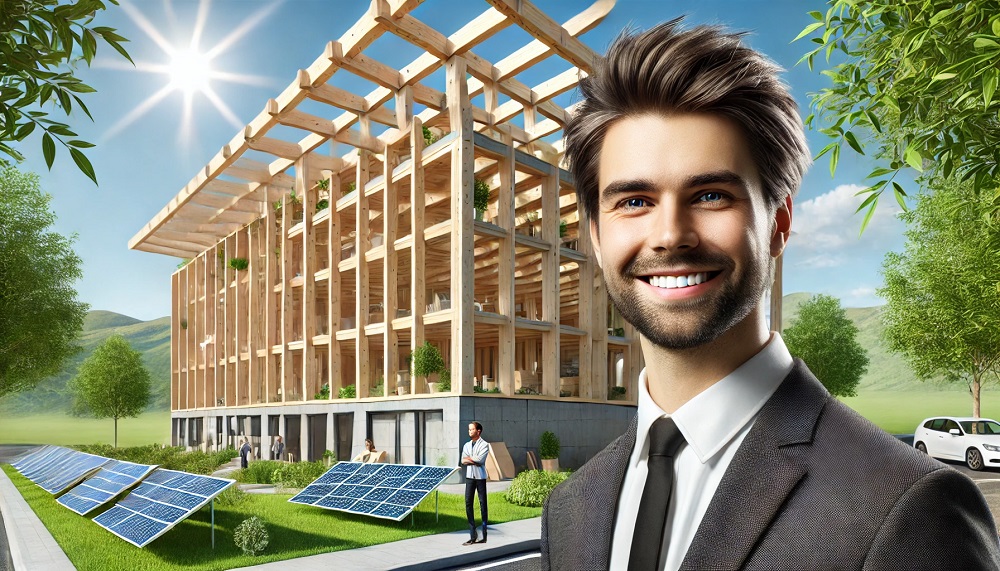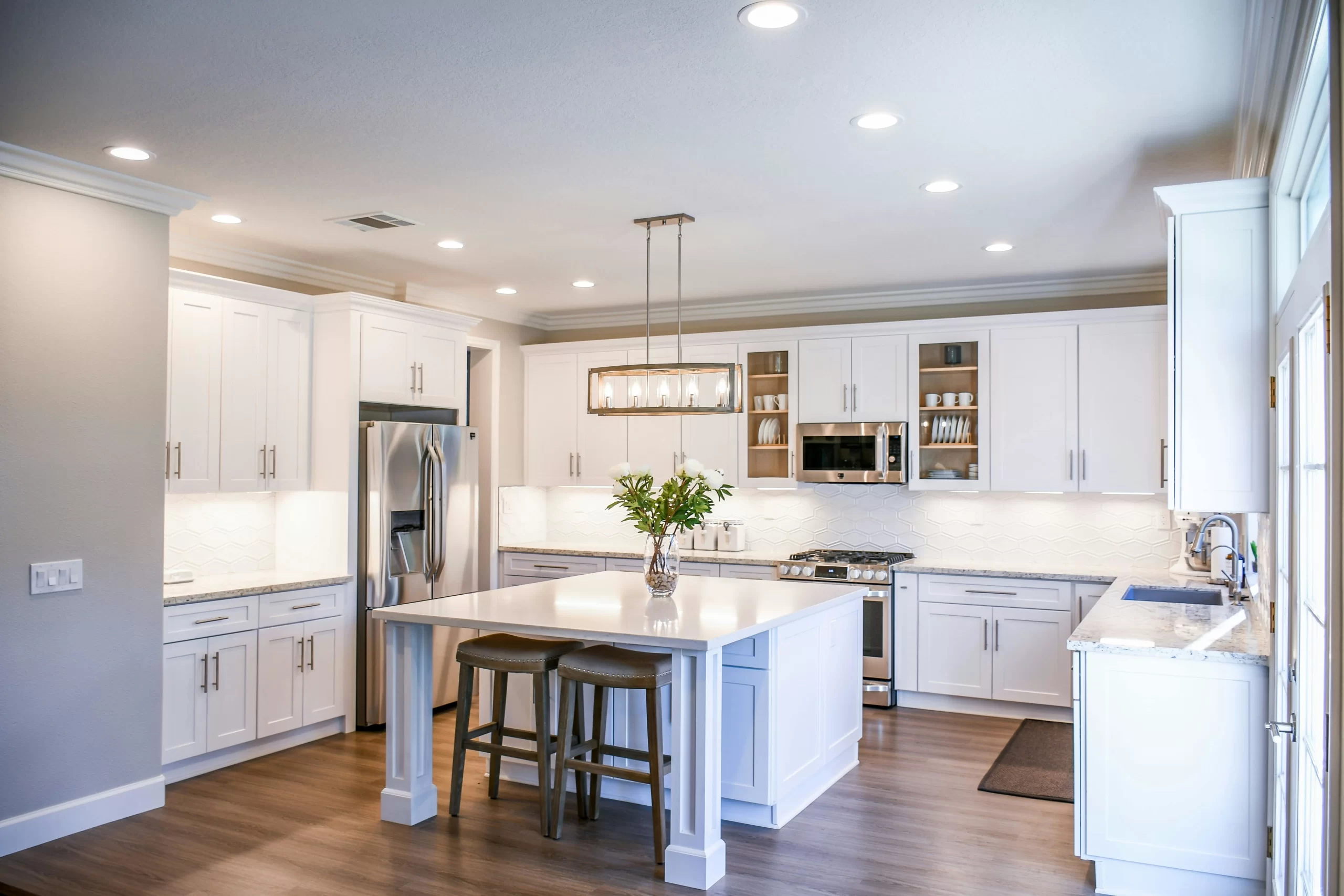In the quest for sustainable architecture, glulam beams have emerged as a revolutionary material. They offer not only structural integrity but also a multitude of environmental benefits. This article delves into the reasons why glulam beams are transforming the construction industry.
Exceptional Strength and Durability
Glulam beams, short for glued laminated timber, are known for their remarkable strength and durability. Made by bonding multiple layers of wood with strong adhesives, these beams exhibit superior load-bearing capabilities compared to traditional wood. Their structural efficiency makes them ideal for large-span constructions, reducing the need for additional support and materials.
Environmental Benefits of Glulam Beams
1. Sustainable Sourcing
One key advantage of glulam beams is their sustainable sourcing. Timber used in glulam production often comes from sustainably managed forests, ensuring minimal environmental impact. This responsible sourcing helps maintain forest ecosystems and promote biodiversity.
2. Reduced Carbon Footprint
Glulam beams significantly reduce a building project’s carbon footprint. The production process of glulam emits less CO2 than steel or concrete, making it a greener alternative. Moreover, timber stores carbon throughout its lifespan, further mitigating greenhouse gas emissions.
3. Energy Efficiency
The production of glulam beams requires less energy compared to other building materials. This lower energy consumption translates into fewer emissions, aligning with the principles of sustainable construction.
Versatility in Design and Application
Aesthetic Appeal
Glulam beams are not only functional but also aesthetically pleasing. They offer architects the flexibility to design visually striking structures that blend with natural surroundings. The warm, organic look of timber adds a unique charm to buildings, enhancing their overall appeal.
Adaptability
The adaptability of glulam beams makes them suitable for various architectural styles and applications. They can be used in residential, commercial, and industrial projects, offering endless design possibilities. From curved roofs to intricate joinery, glulam beams can be customized to meet specific architectural requirements.
Fire Resistance
Contrary to common belief, glulam beams offer excellent fire resistance. The charring of the outer layer of timber forms a protective barrier, slowing down the rate of combustion. This inherent fire resistance adds to the safety and durability of buildings constructed with glulam beams.
Cost-Effectiveness
While the initial cost of glulam beams may be higher than traditional timber, their long-term benefits outweigh the expenses. The durability and low maintenance requirements of glulam beams translate into cost savings over the building’s lifecycle. Additionally, their lightweight nature reduces transportation costs and simplifies the construction process, further contributing to overall cost-efficiency.
Conclusion
Glulam beams are indeed a game changer in sustainable architecture. Their exceptional strength, environmental benefits, versatility, and cost-effectiveness make them an ideal choice for modern construction. By incorporating glulam beams into building projects, architects and builders can contribute to a more sustainable and eco-friendly future.
Discover more about the advantages of using glulam beams in your next construction project and join the movement towards sustainable architecture.




